In the realm of semi-trailer operations, safety is both a priority and a law. Among the essential safety equipment that often goes unnoticed yet plays a pivotal role in preventing accidents is the wheel chock. An appropriate wheel chock is crucial, particularly in loading and unloading scenarios where trailer stability is paramount. This article addresses the intricacies of selecting the right wheel chock for your semi-trailer, providing an expansive look at factors such as materials, types, specifications, and top considerations for making an informed choice.
What is a Wheel Chock?
A wheel chock is a wedge-shaped object that is placed against a vehicle’s wheels to prevent accidental movement during loading, unloading, or maintenance. It is an essential safety device used across various industries, including trucking, construction, and automotive repair.
Why is a Wheel Chock Important?
- Accident Prevention: The primary function of a wheel chock is to avert unintended vehicle movement, which can lead to serious accidents.
- Operational Efficiency: Minimizing the risk of accidents allows operations to proceed smoothly without interruptions.
- Regulatory Compliance: Many safety regulations necessitate the use of wheel chocks to ensure compliance during loading and unloading processes.

Types of Wheel Chocks
Choosing the right type of wheel chock involves understanding the specific use cases and characteristics of each variant. Here we present the most common types of wheel chocks used for semi-trailers:
1. Rubber Wheel Chocks
Features:
- Made from durable rubber, offering excellent friction.
- Resistant to weather conditions and UV rays.
Pros:
- Provides a non-slip surface.
- Lightweight and easy to handle.
Cons:
- Can wear down over time, especially under frequent use.
Use Case: Best for environments where moisture is present and traction is vital.
2. Plastic Wheel Chocks
Features:
- Constructed from high-density polyethylene or polypropylene.
- Lighter than rubber chocks and easy to transport.
Pros:
- Resistant to corrosion and rot.
- Often available in bright colors for increased visibility.
Cons:
- May not offer as much traction as rubber alternatives.
Use Case: Suitable for dry environments with reliable ground conditions.
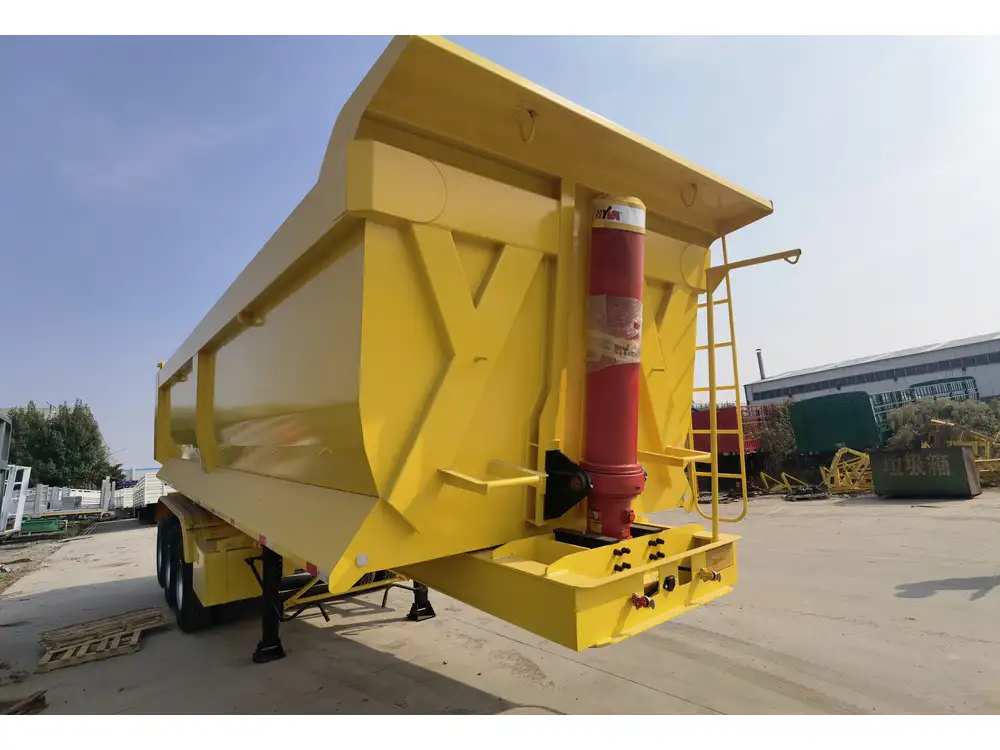
3. Metal Wheel Chocks
Features:
- Constructed from heavy-duty steel or aluminum.
- Highly durable against wear and impact.
Pros:
- Excellent for holding heavy trailers in position.
- Provides extra stability under loads.
Cons:
- Heavier, making them more cumbersome to use.
Use Case: Ideal for industrial contexts where large trucks or trailers require robust support.
4. Adjustable Wheel Chocks
Features:
- Often feature an adjustable design to fit various wheel sizes.
- Can be constructed from a mix of materials.
Pros:
- Versatile use across different types of trailers and scenarios.
- Customizable fit enhances the effectiveness of chocking.
Cons:
- More complex mechanism that might require maintenance.
Use Case: Perfect for mixed fleets with varying tire sizes.
Table 1: Comparison of Wheel Chock Types
| Wheel Chock Type | Material | Weight | Durability | Traction | Best Use Case |
|---|---|---|---|---|---|
| Rubber | Rubber | Lightweight | Moderate | High | Moist environments |
| Plastic | High-density plastic | Lightweight | Good | Moderate | Dry environments |
| Metal | Steel/Aluminum | Heavy | Very High | High | Industrial heavy-duty use |
| Adjustable | Mixed | Varies | Varies | Varies | Mixed fleets |
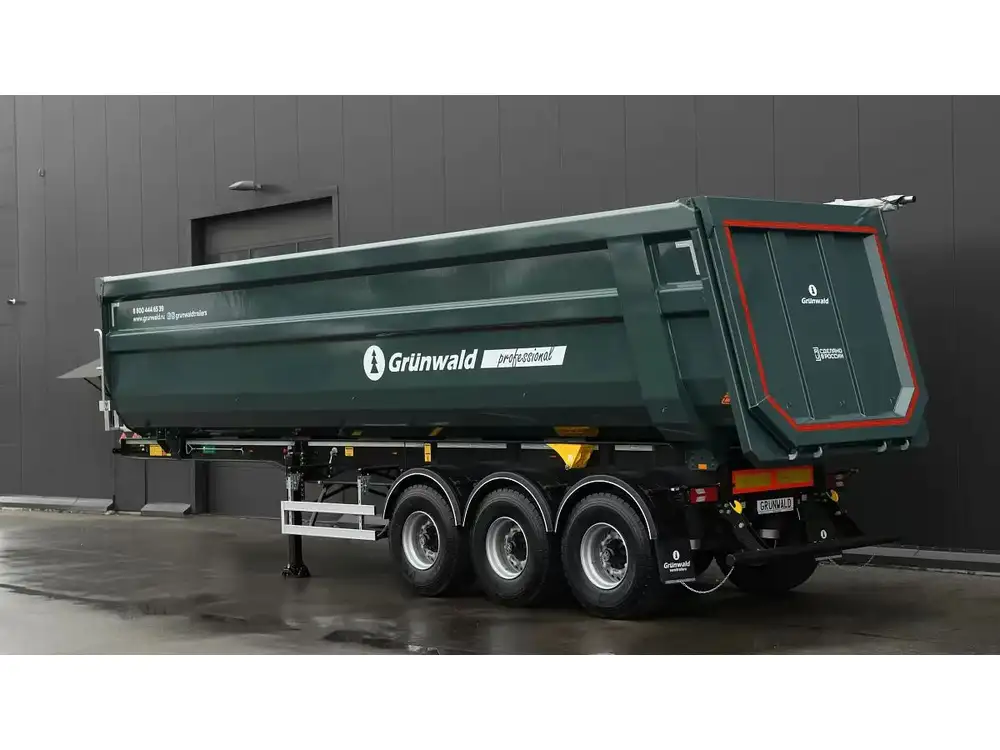
Key Factors to Consider When Choosing a Wheel Chock
When it comes to selecting a suitable wheel chock for your semi-trailer, several pivotal factors must be evaluated:
1. Material Selection
The material not only influences the durability and weight of the chock but also impacts its effectiveness in various conditions. Ensure that the material can withstand the operational demands related to weight, environmental factors, and physical wear.
2. Size Compatibility
A wheel chock must fit snugly against the trailer’s wheels. Consider the wheel’s diameter and width, ensuring that the chock’s size is appropriate for the application. Using oversized or undersized chocks could negate their effectiveness.
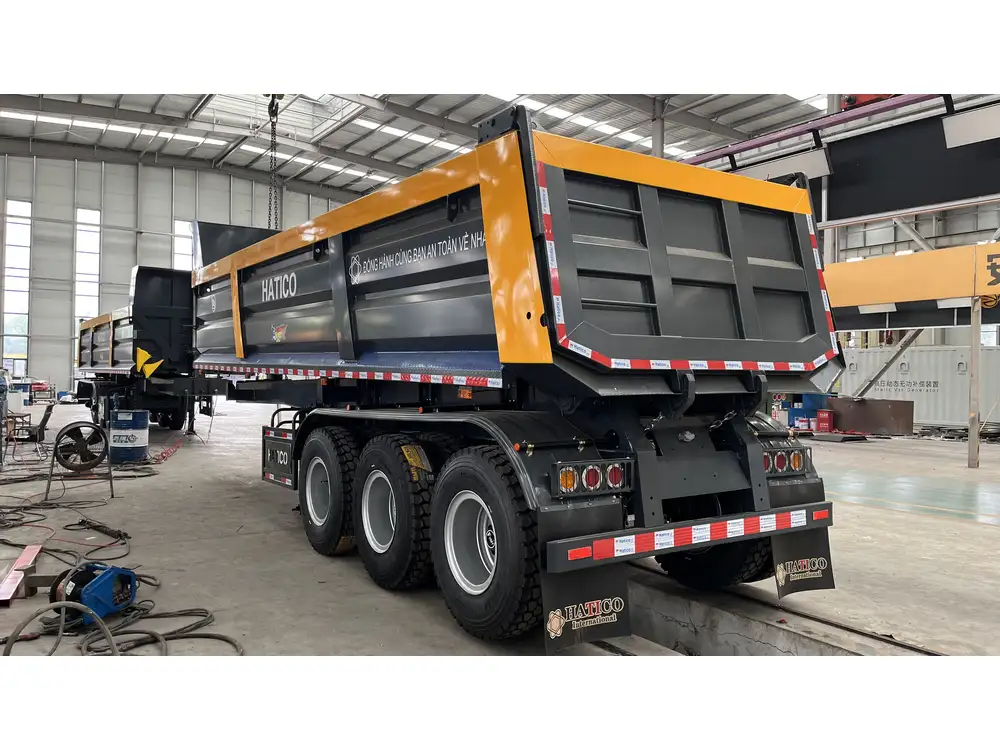
3. Weight Capacity
The weight-bearing capacity of the chock must exceed the weight of the trailer to ensure stability. Failure to do so could lead to chock compression and failure during use.
4. Safety Standards Compliance
Verify that the selected chock meets all relevant safety standards. Look for certifications from organizations such as the Occupational Safety and Health Administration (OSHA) or the American National Standards Institute (ANSI).
5. Environmental Conditions
Consider the environment in which the wheel chock will be used. Factors such as moisture, heat, and chemical exposure can affect the material choice. For instance, rubber chocks perform excellently in wet environments, while plastic chocks are great for dry conditions.
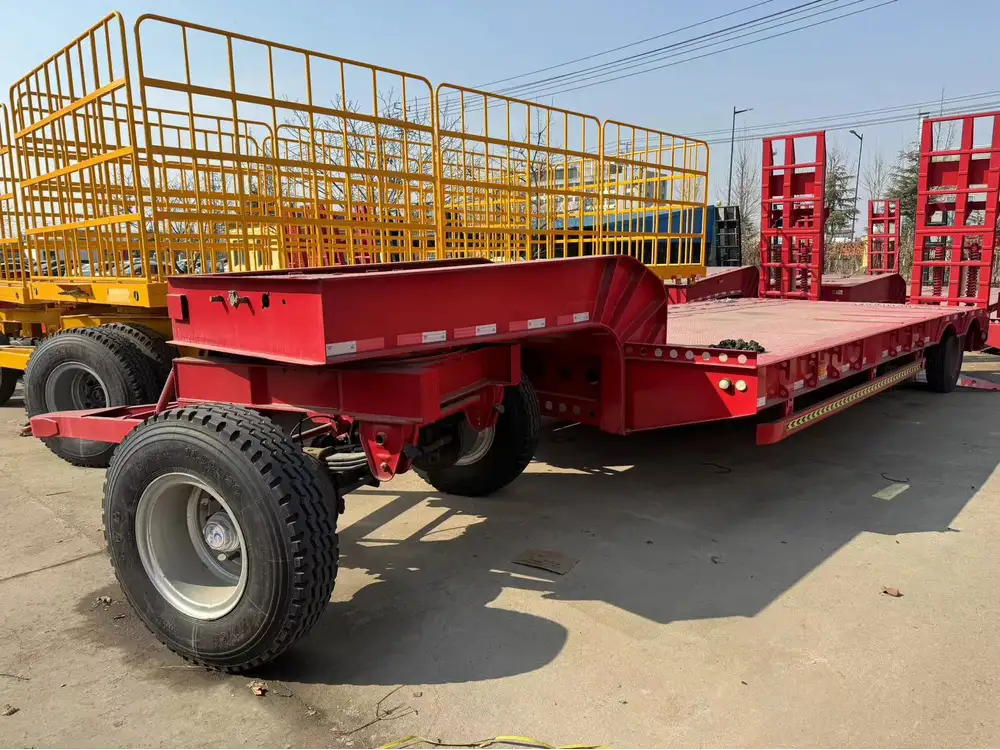
6. Visibility
Brightly colored chocks can play a critical role in enhancing visibility, reducing the possibility of accidents during loading and unloading processes, particularly in low-light conditions.
Top Wheel Chock Recommendations
Below are some exemplary models that have garnered attention in the industry for their performance:
1. McMaster-Carr Heavy Duty Rubber Wheel Chock
- Material: Rubber
- Weight: 10 lbs
- Load Capacity: 30,000 lbs
- Best For: Heavy-duty applications, industrial environments
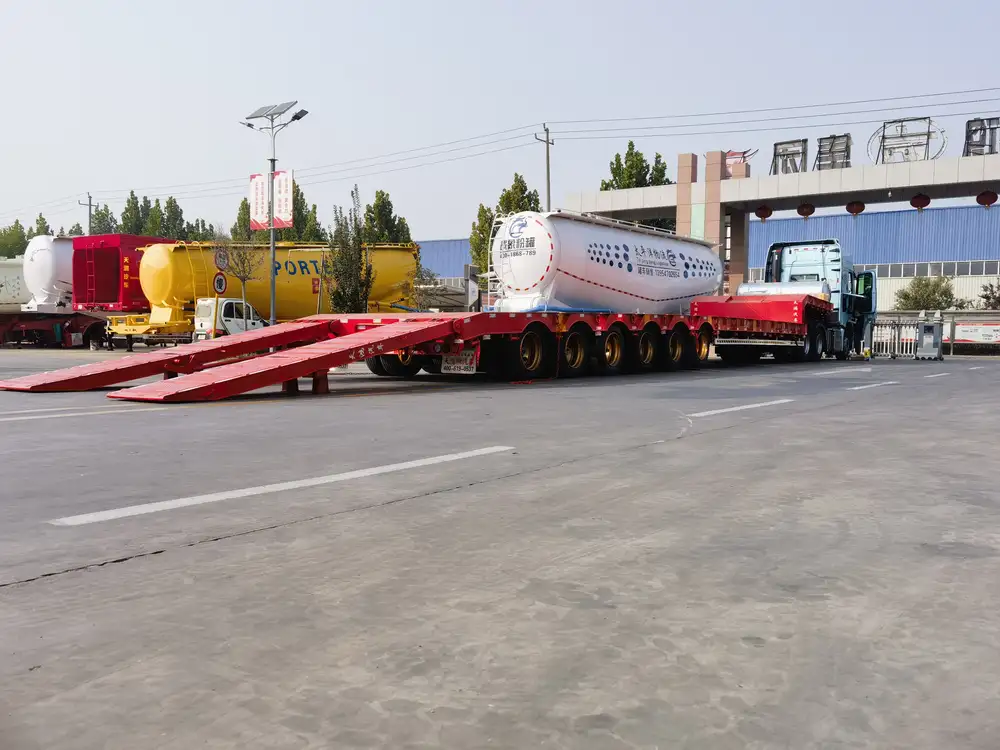
2. MAXXHAUL 70290 Rubber Wheel Chock
- Material: Rubber
- Weight: 2 lbs each
- Load Capacity: 20,000 lbs
- Best For: Small to medium trailers, residential use
3. Campbell Hausfeld Durable Plastic Wheel Chock
- Material: High-density plastic
- Weight: 1 lb
- Load Capacity: 10,000 lbs
- Best For: Use in trailer parking and maintenance
Maintenance Tips for Wheel Chocks
To ensure longevity and effectiveness, regular maintenance of wheel chocks is critical. Here are some pivotal care tips:
- Regular Inspection: Routinely check for wear and tear or any signs of damage.
- Cleanliness: Keep chocks free from dirt, grease, and all kind of debris to maintain traction.
- Storage: Store wheel chocks in a dry, shaded area to prevent deterioration due to environmental factors.
- Replacement: Replace chocks that show significant wear or damage as they can become less effective with use.
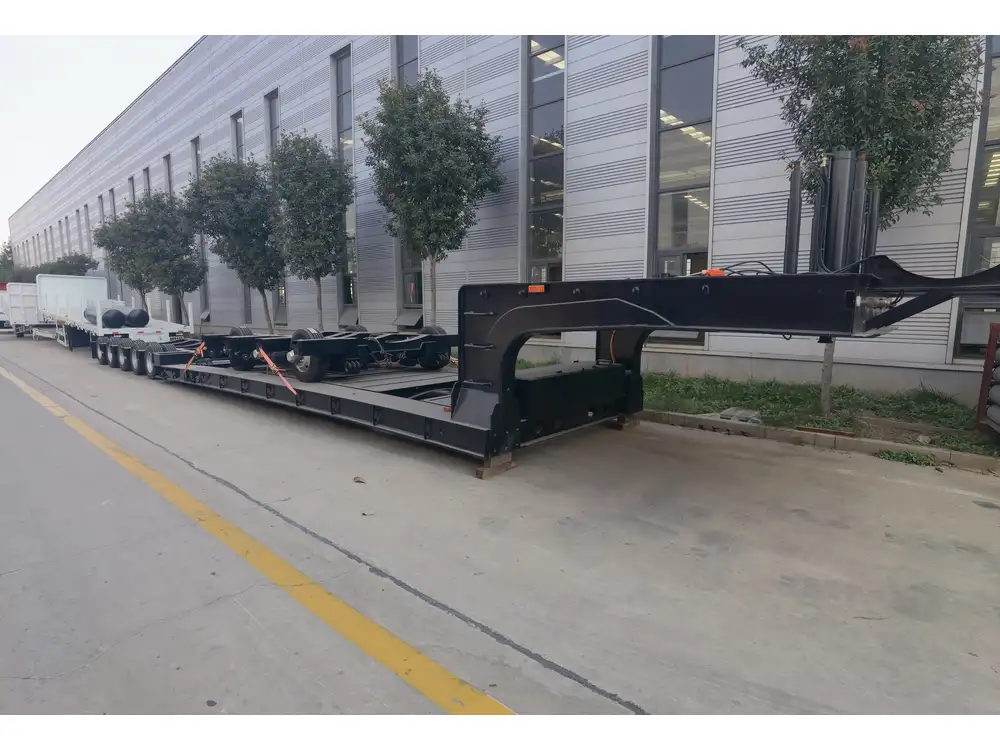
Conclusion: Make Your Choice Wisely
Selecting the right wheel chock for your semi-trailer is not merely a matter of convenience—it is a serious safety concern. Each type of wheel chock brings unique advantages and caters to specific trailers’ needs and operational conditions. By evaluating factors such as material, size, weight capacity, safety compliance, environmental conditions, and visibility, users can make informed choices that augment safety and efficiency during their loading and unloading operations.
Investing in quality wheel chocks is an investment in safety, compliance, and operational integrity—ensuring that every journey begins and ends securely. Take the time to analyze your specific requirements; the right wheel chock can make all the difference in maintaining stability and preventing accidents in the demanding world of semi-trailer operations. Take charge today and safeguard your fleet with the appropriate wheel chocks!



